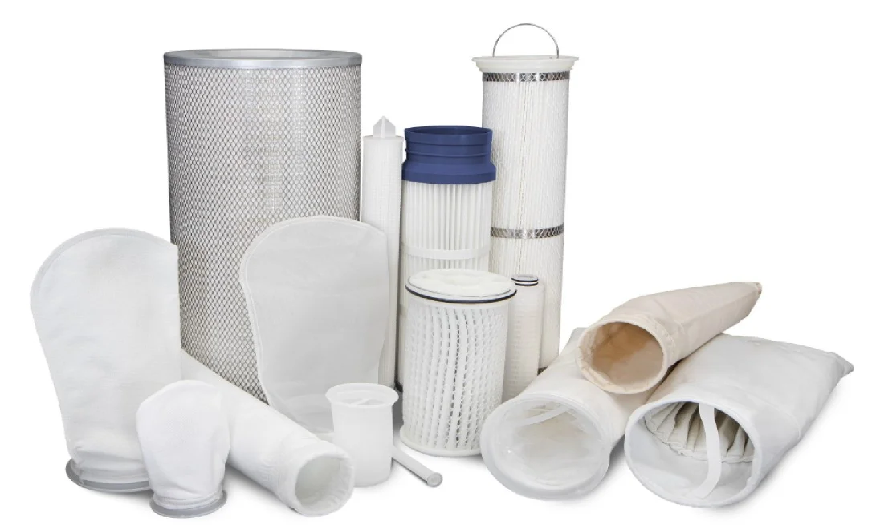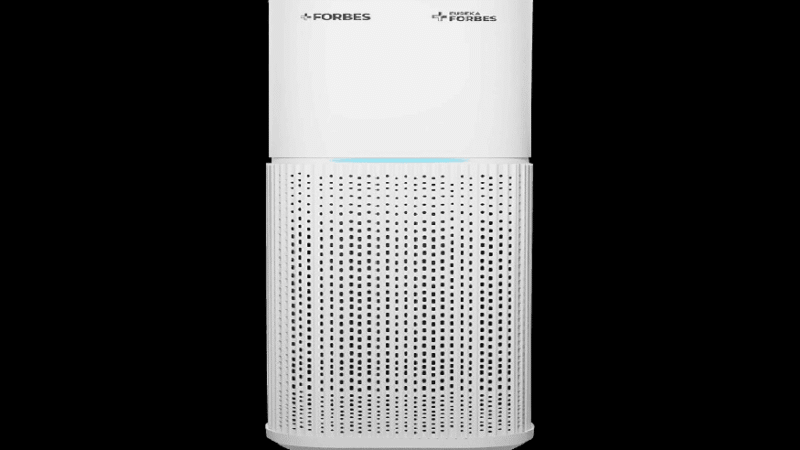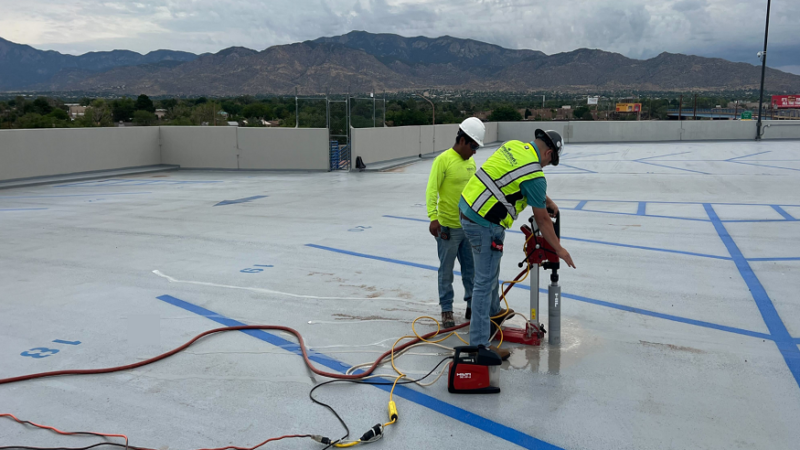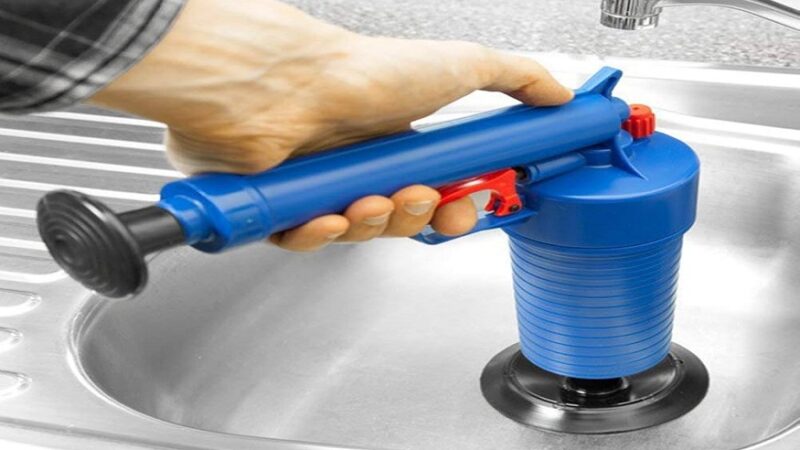Understanding Industrial Bag Filters

Bag filter systems are one of the most popular industrial filtration systems. They’re used in various industries to remove contaminants and keep work environments safe.
They use a fan or blower to either pressure or vacuum (suck) air across the filter bags’ media. They have an in-to-outflow, capturing the dirt on the inside and keeping clean air on the outside.
Maintenance
Having the proper maintenance procedures in place will help to ensure that your bag filter lasts for as long as possible. These procedures should include regular filter inspections, monitoring of differential pressure, cleaning system checks, and checking valves and gauges. Training personnel on proper bag filter maintenance and troubleshooting techniques is also essential.
As an air pollution control device, industrial bag filters VA are an excellent choice for removing particulate matter from flue gases. They are available in various materials, micron ratings, and sizes to fit your specific process needs. However, like any piece of equipment, they have limitations and drawbacks. These include their relatively large size, the need for frequent replacement of bags and other components, and high energy and labor costs. With the proper maintenance procedures in place, these can be overcome.
Materials
Industrial bag filters are made from various fabrics and materials to withstand varying temperatures, abrasions, and chemical environments. They are also available in different styles and sizes for various applications.
For example, aramid is an excellent choice for high-temperature applications because it can withstand 400 degrees Fahrenheit without degrading. Its abrasion resistance and filtration performance are both excellent as well. In addition, it can be treated with several finishes and membranes to improve its resistance to moisture and other chemicals.
When the filter collects too much dust, a backwashing system is activated to clean it. This process involves a blast of compressed air that travels down the length of each bag, causing it to flex and vibrate, dislodging and releasing the caked-on particles into the collection hopper at the base of the baghouse. This type of cleaning can be programmed for regular or on-demand intervals to reduce the need for off-line cleaning.
Filtration Process
Bag filters are made with bags that are filled with porous material. When dirty air passes through the bag, it’s trapped, and the clean air keeps flowing. This is why it’s so valuable for processes like boilers, where keeping the air clean is incredibly important.
As the filtered air continues to flow through the bag filter, a layer of accumulated particles will be built on the bag’s surface. Eventually, this can cause the airflow to slow down significantly. When this happens, it’s time to clean the bag.
To maintain the efficiency of the filtration process, it’s necessary to clean the bag filter periodically to remove these accumulated particles. Depending on the system, cleaning may be achieved through pulse jet pulsing or other methods. Monitoring the differential pressure across the filtration system is essential to ensure it isn’t clogged with debris. This can help you schedule maintenance and replacement of the filter bags before they become too full.
Installation
Bag filters are used in industrial settings, particularly those that involve boilers. They clean the air and protect workers from harmful particles by trapping them in filter bags. The filters are made of unique materials that catch the particles without clogging. These filters are highly efficient at their job and can handle a high air volume.
Choosing the right fabric type is essential depending on the dust being processed. Some dusts are combustible and require more durable fabrics. Others are more abrasive and need a more rigid material that resists wear and tear.
It’s also essential to ensure the bags are properly installed and sealed. Opening the head of the housing while there’s pressure can cause the liquid to blow out, potentially hurting workers. Instead, it’s best to open the valves little by little until the differential pressure of the input and output is equal. This will prevent the fluid from pounding on the bag and causing it to rupture.






